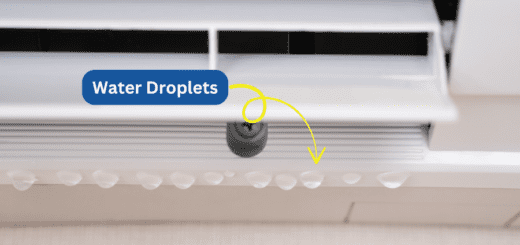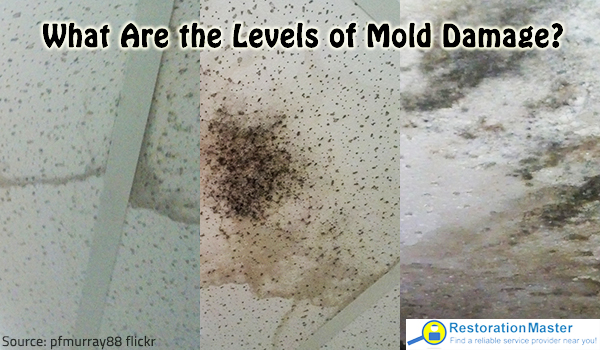Controlling the Humidity Levels in your Home to Prevent Water Damage
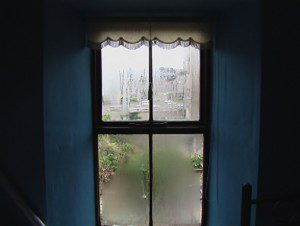
High humidityHumidity is the amount of moisture or water vapor present in... More causes condensation that can gather on your windows and walls.
It is very important to maintain the proper humidityHumidity is the amount of moisture or water vapor present in... More level in your home. The humidityHumidity is the amount of moisture or water vapor present in... More level ideally should be between 30 and 50 percent, however this will be affected by the season. Any major variation from the suggested humidityHumidity is the amount of moisture or water vapor present in... More level and you may experience uncomfortable conditions, mold growth, condensation, and water damage to the structureStructure refers to the framework or components of a buildin... More of your home. With low levels of humidityHumidity is the amount of moisture or water vapor present in... More, you may face dry skin, sinus issues, and increased static electricity. Today you will learn practical tips on how to control indoor humidityHumidity is the amount of moisture or water vapor present in... More.
Understanding Indoor Humidity
Experts suggest that indoor humidityHumidity is the amount of moisture or water vapor present in... More levels should be between 30-50% so that negative health effects and the risk of property damage and moldMold is a type of fungus that grows in damp or humid conditi... More can be minimized. Keeping this range helps with your thermal environment, meaning your thermal comfort and with your overall health. When the humidityHumidity is the amount of moisture or water vapor present in... More levels are too low or too high, you may be faced with sensory irritation of the eyes and your airways. This can affect your work performance and sleep quality, and there is a chance that virusesViruses are microscopic infectious agents that can only repr... More can survive better. Poor humidity levels also promote the growth of moldMold is a type of fungus that grows in damp or humid conditi... More and dust mites. Overall, this can negatively impact your air quality and your health.
As seasons change, the temperature can affect rising indoor humidityHumidity is the amount of moisture or water vapor present in... More levels which can create an uncomfortable environment. Depending on the part of the country you are in, you may be more prone to humidityHumidity is the amount of moisture or water vapor present in... More, and the inside humidityHumidity is the amount of moisture or water vapor present in... More levels can be higher in regions with muggy climates.
Identify Signs of Low and High Humidity
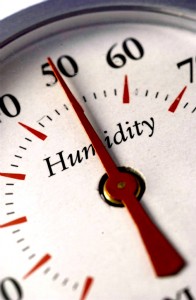 You should always monitor the humidityHumidity is the amount of moisture or water vapor present in... More level in your home. Some signs that the humidityHumidity is the amount of moisture or water vapor present in... More is too high include visible condensation on surfaces such as on windows, mirrors, toilet base, and pipes, moldMold is a type of fungus that grows in damp or humid conditi... More growth, fogging windows, clammy and moist air, and peeling paint or wallpaper.
You should always monitor the humidityHumidity is the amount of moisture or water vapor present in... More level in your home. Some signs that the humidityHumidity is the amount of moisture or water vapor present in... More is too high include visible condensation on surfaces such as on windows, mirrors, toilet base, and pipes, moldMold is a type of fungus that grows in damp or humid conditi... More growth, fogging windows, clammy and moist air, and peeling paint or wallpaper.
If the humidityHumidity is the amount of moisture or water vapor present in... More is low in your home, some signs include dry and itchy skin, static electricity, overly dry air, dry sinuses, and even possible damage to wood furniture.
Overall, it is extremely important to monitor humidityHumidity is the amount of moisture or water vapor present in... More levels in your home so that you can avoid damage to your possessions and to keep yourself and your family healthy.
Effective Ways to Reduce Humidity
You should always try your best to reduce humidity within your home. This will help make sure that your building materials stay intact for a long time and that the healthy environment of your home is best suited for you and your family.
Proper Ventilation
A great way to reduce humidityHumidity is the amount of moisture or water vapor present in... More in your home is to properly ventilate your home by using exhaust fans in bathrooms and kitchens to extract heat and steam, opening windows on mild days to circulate air, and using a dehumidifierA dehumidifier is a device that removes excess moisture from... More.
Dehumidifiers
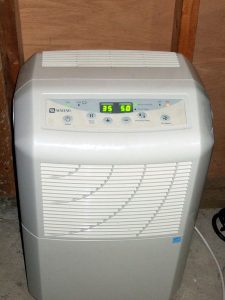 The best way to remove moisture from your home is by using a dehumidifier. As there are many dehumidifiers available on the market, it is important to know the difference between them and choose the one that is best for your specific home environment. Here are some different types of dehumidifiers:
The best way to remove moisture from your home is by using a dehumidifier. As there are many dehumidifiers available on the market, it is important to know the difference between them and choose the one that is best for your specific home environment. Here are some different types of dehumidifiers:
- Refrigerant: This type of dehumidifierA dehumidifier is a device that removes excess moisture from... More cools the air over evaporator coils and collects condensed water in a tank.
- Desiccant: These dehumidifiers use moisture-absorbent materials to dry out the air and release water as vaporVapor is the gaseous form of a substance that is typically l... More.
- Whole House: These dehumidifiers are a central unit that works like an air conditioner and dehumidifies the entire house.
- Portable: This type of dehumidifierA dehumidifier is a device that removes excess moisture from... More is small and movable and can be used in all different rooms and spaces.
- Peltier: This type of dehumidifierA dehumidifier is a device that removes excess moisture from... More uses a thermoelectric process creating a temperature difference and it condenses the water on a cold surface.
There are many things that you should consider when choosing a dehumidifier. Here are a few:
- Figure out why you need a dehumidifierA dehumidifier is a device that removes excess moisture from... More and the area that needs to be dehumidified.
- Look at different sizes and dehumidifiers and the features they offer.
- Think about how you plan to remove any water that is collected from the unit and the efficiency of that specific model.
- Look at user reviews and prices for specific dehumidifiers you are considering.
- Purchase a dehumidifierA dehumidifier is a device that removes excess moisture from... More that has a digital display and a direct-drain option, so you have more control and convenience.
Air Conditioning

Proper air conditioning can help you control the humidityHumidity is the amount of moisture or water vapor present in... More in your home.
Air conditioners dehumidify as they cool the air, but not to the same extent as dehumidifiers. Air conditioners and dehumidifiers both work through the refrigerative cycle, the moisture naturally collects on the cooling coils as the air passes through. Although they are built similarly, they do not provide the same function.
The AC dehumidifies like a dehumidifierA dehumidifier is a device that removes excess moisture from... More cools the air before it is released back into the room. To cool the room, the machine cycles the air over copper coils that are coated in the refrigerant. Once the air passes the coils it becomes cold, and moisture is released onto them.
Dehumidifers and air conditioners have copper coils coated with refrigerant, therefore they both work to remove moisture from the air.
To make sure to optimize your AC settings for humidityHumidity is the amount of moisture or water vapor present in... More control, these are the steps you should follow:
- Make sure to calculate the proper size of the equipment. If you live in a humid climate, you should size your air-conditioning for cooling capacity for less than the calculated peak cooling load of space.
- Do a system commissioning. This helps the system operate as intended. You should do a comprehensive functional performance test to ensure the system is functioning at full capacity. If you have inadequate cooling capacity, this can affect the dehumidificationDehumidification is the process of reducing and controlling ... More.
- Proper installation of the system is crucial. This will avoid any HVAC issues due to unnecessary bends and restrictions in ductwork and piping. This helps the system work at peak performance so that it properly controls the humidityHumidity is the amount of moisture or water vapor present in... More.
- Regular maintenanceMaintenance is the routine care, inspection, and repair of a... More is crucial so that humidityHumidity is the amount of moisture or water vapor present in... More control is effective. At least twice a year, you should make sure that you change filters, clean coils, and get the system evaluated for performance and operation.
Tips for Increasing Humidity
If your home is lacking humidityHumidity is the amount of moisture or water vapor present in... More, there are some things you can do to increase the humidityHumidity is the amount of moisture or water vapor present in... More in your home naturally. Here are a few tips:
- Places bowls of water on various surfaces around your home.
- Boil water on the stove when cooking.
- Take advantage of houseplants as they help release moisture in the air.
- Leave the bathroom door open when you are showering. This helps steam spread throughout the home.
- Hang laundry indoors, the moisture from the clothes will evaporate into the air.
- Use a portable oil-filled radiator which uses radiant energy that is less dryingDrying is the process of removing moisture from materials, s... More than central heating.
Humidifiers
 Cool mist humidifiers release room-temperature mist in the home. Warm mist humidifiers boil the water and release it as steam resulting in a hotter mist. The difference between a warm mist and cool mist humidifier is:
Cool mist humidifiers release room-temperature mist in the home. Warm mist humidifiers boil the water and release it as steam resulting in a hotter mist. The difference between a warm mist and cool mist humidifier is:
- Warm mist humidifiers heat water and produce steam that humidifies the air.
- Cool mist humidifiers release water droplets into the air.
- Microorganisms and minerals in the water are diffused into the air by impeller and ultrasonic humidifiers.
- Hot water and heating element may cause scalding.
It is very important for you to regularly clean and maintain your humidifiers. To clean your humidifier, you should wash and dry it after each use. By using the manufacturer’s instructions, you should only use the proper cleaning products and tools for cleaning, proper filters, and distiller water.
Indoor Plants
Indoor plants are a great way to add some natural moisture to the air. They can help relieve dry skin, lips, and dry throat, sooth dry sinuses and nasal irritation, and even prevent nosebleeds. Plants increase humidityHumidity is the amount of moisture or water vapor present in... More in the air through the process called evapotranspiration. When the water from the soil makes its way up through the roots of the plant through the stems and up to the leaves, it evaporates into the air through the pores of the leaves. Some great plants that help increase moisture in the air in your home include the spider plant, jade plant, areca palm, English Ivy, Lady palm, Rubber plant, Boston fern, Peacy lily, Golden pothos, Dwarf date palm, Corn plant, and Parlor Palm.
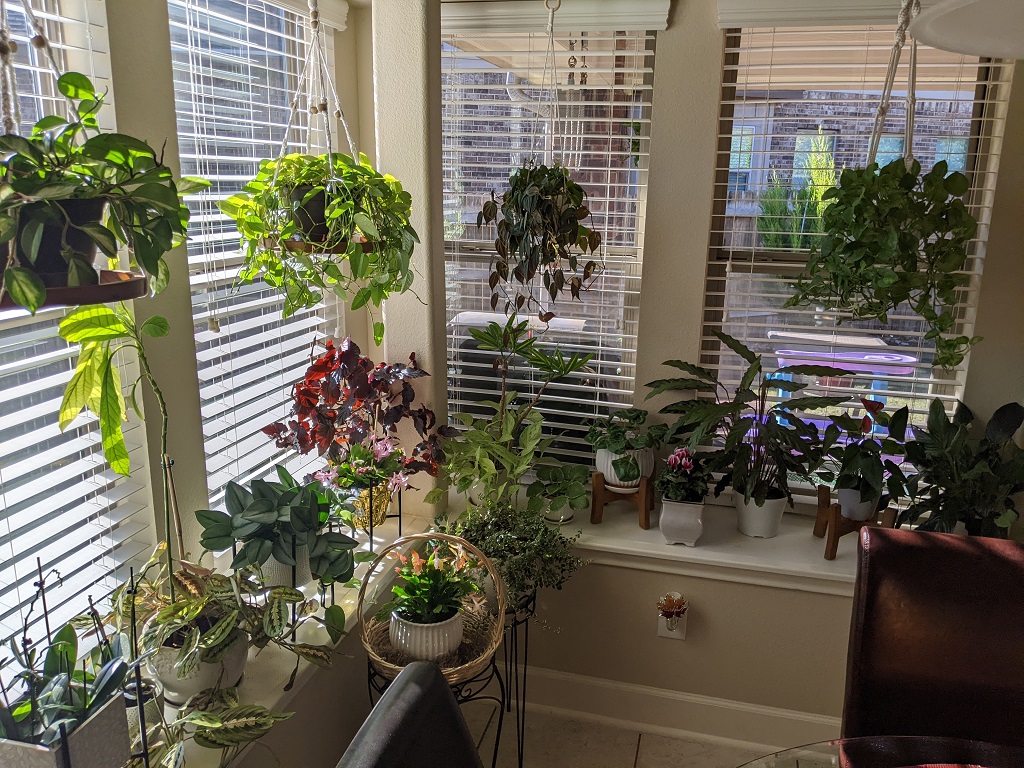
Using Water Containers
The process of evaporative (adiabatic) humidification and cooling systems is a process that adds water molecules into the air to increase humidityHumidity is the amount of moisture or water vapor present in... More and lower the temperature.
You can use water containers to increase humidityHumidity is the amount of moisture or water vapor present in... More in your home. The easiest way to do this is to place bowls or saucers of water around your home. You can also place a small container of water near the heat source. The water will evaporate and release a small amount of moisture in the air.
Additional Measures for Humidity Control
If you are having issues with humidityHumidity is the amount of moisture or water vapor present in... More control in your home, it is important to take additional measures. Here is what you can do:
- Install a supplemental dehumidifierA dehumidifier is a device that removes excess moisture from... More that is integrated with the home’s HVAC air handler to give you extra dehumidificationDehumidification is the process of reducing and controlling ... More when needed.
- Install an HVAC system that has cooling equipment included with controls to operate in dehumidificationDehumidification is the process of reducing and controlling ... More mode.
- Relaxing humidityHumidity is the amount of moisture or water vapor present in... More tolerances and measuring the dew point, not RH.
- Turn off CRAC unit humidifying and dehumidifying capabilities.
- Consider fully eliminating humidityHumidity is the amount of moisture or water vapor present in... More control.
Sealing Air Leaks

Check the seal around your windows for air leaks.
If you would like your home to have proper humidityHumidity is the amount of moisture or water vapor present in... More levels, you must make sure that all air leaks are sealed. Here are the places to focus on:
- Check your attic, basements, and other spaces for gaps and openings.
- Try a smoke test. On a windy day, shut all the windows and doors and turn off all appliances.
- Check all areas where different building materials meet on the outside of the home.
- You can also use the flashlight method for energy efficient testing.
You need to make sure to seal leaks in your home as that will help with humidityHumidity is the amount of moisture or water vapor present in... More levels. If your home is leaking, the air sealing could help with any humidityHumidity is the amount of moisture or water vapor present in... More issues. If the indoor air during the winter is still dry, you can add moisture to the air with a humidifier or by adding plants.
Insulation
Insulating your home can help lessen moisture especially if the insulationInsulation is a material used in buildings to reduce the tra... More includes vaporVapor is the gaseous form of a substance that is typically l... More diffusion retarders. InsulationInsulation is a material used in buildings to reduce the tra... More decreases heat transfer, and it moderates temperatures throughout your home so that humidityHumidity is the amount of moisture or water vapor present in... More and moisture are less likely to develop.
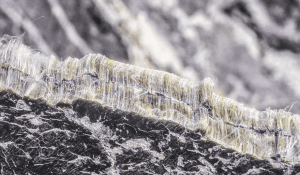 It is important to choose the proper insulation for your home. Here are some different types available on the market:
It is important to choose the proper insulation for your home. Here are some different types available on the market:
- Foam insulationInsulation is a material used in buildings to reduce the tra... More: This is low-density polyurethan spray foam. This insulationInsulation is a material used in buildings to reduce the tra... More forms a lock-tight bond and blocks all air movement, and it retards moisture passage. While it is expensive, over time it pays off as you will have lower heating and cooling costs.
- Fiberglass insulationInsulation is a material used in buildings to reduce the tra... More: This type of insulationInsulation is a material used in buildings to reduce the tra... More is inexpensive and quick to install. It has a predictable R-value if not compressed, but it is difficult to fit around obstacles without leaving gaps. In most climates, it needs a vapor barrierVapor barrier is a material or layer designed to resist the ... More.
- Blanket insulationInsulation is a material used in buildings to reduce the tra... More: It comes in rolls and can be made from glass wool, rock wool, and sheep wool.
- InsulationInsulation is a material used in buildings to reduce the tra... More boards: They come in different types such as PIR, phenolic, and expanded polystyrene.
- Blown-in insulationInsulation is a material used in buildings to reduce the tra... More: Made of cellulose or fiberglass and it is blown into the walls with special equipment.
- Loose fill cellulose: Made from recycled products treated with fire retardantA retardant is a substance applied to slow down or prevent t... More chemicals.
- Rockwood: This insulationInsulation is a material used in buildings to reduce the tra... More is made of volcanic rock and slag and spun into fibers. It has excellent soundproofing qualities, and it is fire-resistant.
Now that you know what type of insulationInsulation is a material used in buildings to reduce the tra... More is available on the market, you need to know how to choose the best one for your home. Here are a few tips:
- Figure out where you need insulationInsulation is a material used in buildings to reduce the tra... More. The best place to add it to an older home is in attics, basement walls, and crawl spaces.
- Find out how much insulationInsulation is a material used in buildings to reduce the tra... More R-value you need.
- Calculate the quantity of insulationInsulation is a material used in buildings to reduce the tra... More you should buy.
Monitor and Adjust Moisture Levels
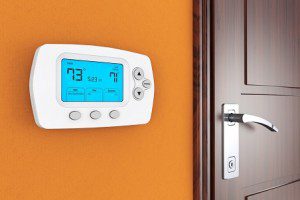
Adjust your thermostatA thermostat is a device that monitors and regulates tempera... More to help control humidityHumidity is the amount of moisture or water vapor present in... More levels
It is crucially important to keep the moisture levels in your home at bay. Therefore, you should check and control humidityHumidity is the amount of moisture or water vapor present in... More levels in your home regularly. Here are some tips on how to do that:
- Use a glass of ice water and see if moisture forms on the outside of the glass.
- Buy a hygrometer or indoor humidityHumidity is the amount of moisture or water vapor present in... More monitor and place in each room you want to test.
- Dry a damp surface with a hair dryer and cover with a transparent barrier, and then check the moisture in two days.
- Use two thermometers, one dry and one wet, and compare the readings.
The required humidityHumidity is the amount of moisture or water vapor present in... More in your home will be different based on the season and climate. You should always have a lower humidityHumidity is the amount of moisture or water vapor present in... More level in the winter and a higher humidityHumidity is the amount of moisture or water vapor present in... More level in the summer. In the winter you should use a humidifier to add moisture to the air. In the summer you can use a dehumidifierA dehumidifier is a device that removes excess moisture from... More to remove excess moisture from the air. You can also adjust your thermostatA thermostat is a device that monitors and regulates tempera... More to help control humidityHumidity is the amount of moisture or water vapor present in... More levels in your home. Overall, you should set your thermostatA thermostat is a device that monitors and regulates tempera... More to a lower temperature in the winter and a higher temperature in the summer.
Humidity Control in Specific Areas
The humidityHumidity is the amount of moisture or water vapor present in... More levels are likely to differ in different areas of your home for a number of reasons. The following tips will help you control the humidityHumidity is the amount of moisture or water vapor present in... More levels within specific areas of your home.
Bedrooms
 To ensure good sleep, you should control the humidityHumidity is the amount of moisture or water vapor present in... More levels in your bedroom. Here are some things you can do:
To ensure good sleep, you should control the humidityHumidity is the amount of moisture or water vapor present in... More levels in your bedroom. Here are some things you can do:
- Use a humidifier to add moisture to the air
- Turn down the heat
- Add plants and mist them regularly with water
- Use a dehumidifierA dehumidifier is a device that removes excess moisture from... More to reduce indoor humidityHumidity is the amount of moisture or water vapor present in... More
- Keep the humidityHumidity is the amount of moisture or water vapor present in... More below 50 to 60 percent if you live a hot and humid area
You can control the humidityHumidity is the amount of moisture or water vapor present in... More levels in your bedroom by using a humidifier to add moisture to the air, a dehumidifierA dehumidifier is a device that removes excess moisture from... More to remove moisture from the air, and the air conditioner which can dry the air and lower humidityHumidity is the amount of moisture or water vapor present in... More levels.
Basements
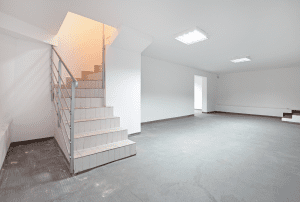 Basements commonly have issues with humidityHumidity is the amount of moisture or water vapor present in... More. When basements are humid, they can cause other issues including:
Basements commonly have issues with humidityHumidity is the amount of moisture or water vapor present in... More. When basements are humid, they can cause other issues including:
- Dampness and unpleasant smells
- MoldMold is a type of fungus that grows in damp or humid conditi... More and fungal growth that can cause health issues
- Structural issues
- Allergens such as moldMold is a type of fungus that grows in damp or humid conditi... More and dust mites which can cause allergic reactions
To make sure your basement is dry and comfortable, here are some things you need to ensure are done properly:
- The basement should have a strong foundation.
- Improve air circulation.
- Maintain your gutters.
- When landscaping, grade the soil to allow water to drain away from the home’s foundation.
- Have proper insulationInsulation is a material used in buildings to reduce the tra... More so that you can keep it warm in the winter and cool in the summer.
- Control the humidityHumidity is the amount of moisture or water vapor present in... More by properly venting any appliances such as dryers, showers, and cooking appliances.
- Monitor humidityHumidity is the amount of moisture or water vapor present in... More levels and keep them between 30 and 50 percent.
Humidity and Health Concerns
The amount of moisture in the air can affect how we feel, our temperature, and our health. When humidityHumidity is the amount of moisture or water vapor present in... More is too low, you can experience dry and itchy skin, stuffy nose, condensation, and overheating. HumidityHumidity is the amount of moisture or water vapor present in... More can mess with your body’s cooling system, irritate your throat, cause eczema, trigger asthma and allergy-like symptoms, and decrease your sleep quality.
Health Effects of High Humidity
If you have indoor humidity that is higher than 50%, this increases the chance of moldMold is a type of fungus that grows in damp or humid conditi... More forming in your home. Whether it is in the basement, in the walls, grout, or other surfaces, moldMold is a type of fungus that grows in damp or humid conditi... More can trigger moldMold is a type of fungus that grows in damp or humid conditi... More allergy symptoms. These vary from person to person but can be either mild or severe.
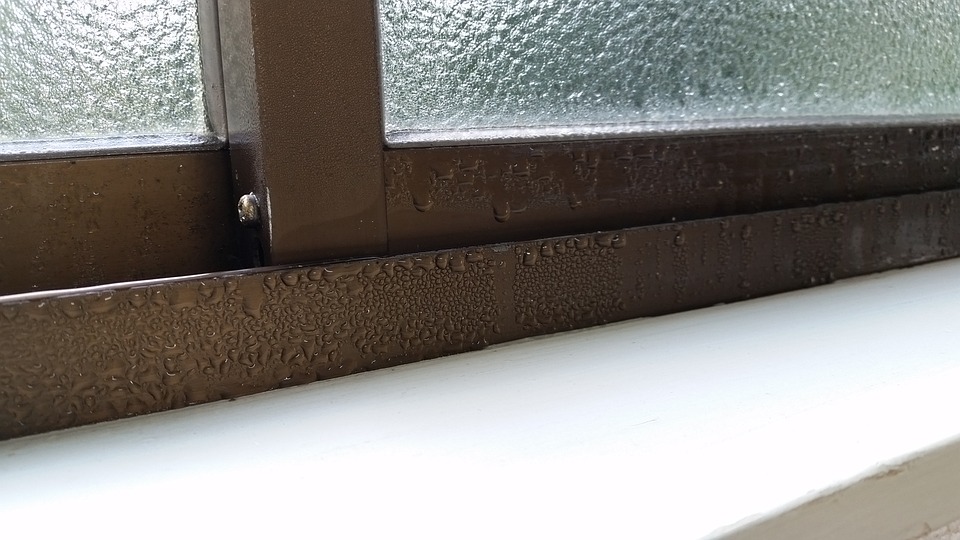
There are potential risks associated with excessive humidityHumidity is the amount of moisture or water vapor present in... More which include:
- Dehydration, heat exhaustion, sweating, and overheating
- High-blood pressure
- Insect risks
- MoldMold is a type of fungus that grows in damp or humid conditi... More and mildewMildew is a type of fungus that grows on damp surfaces, typi... More sporesSpores are microscopic reproductive units of fungi or mold t... More can grow on walls, floors, and other surfaces
- Allergies, asthma, and respiratory issues which are triggered by bacteria, dust mites, and moldMold is a type of fungus that grows in damp or humid conditi... More
Health Effects of Low Humidity
When the air is dry, it can worsen many health issues from respiratory issues to skin problems, nosebleeds, dry eyes, sore throats, and more. The EPA recommends keeping indoor humidityHumidity is the amount of moisture or water vapor present in... More range between 30 and 50 percent to reduce the risk of related health effects.

Summer heat
Here are some things you can do to help increase humidityHumidity is the amount of moisture or water vapor present in... More in your home:
- Use a humidifier
- Take shorter, cooler showers
- Moisturize your skin while still damp from showering
- Use a hydrating nasal spritz or irrigate your nasal passages with a neti pot
- Use a lip balm to prevent dry, cracked lips
- Stay well hydrated by drinking plenty of water
Humidity Control FAQ
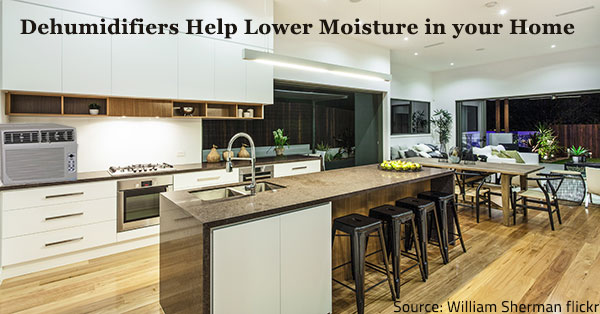
Dehumidifiers allow you to keep the air humidityHumidity is the amount of moisture or water vapor present in... More in your home at an optimal level.
What can cause high humidity in a house?
There are many things that contribute to high humidityHumidity is the amount of moisture or water vapor present in... More in your home. This is why it is important to always control the humidityHumidity is the amount of moisture or water vapor present in... More level. Some things that contribute to high humidityHumidity is the amount of moisture or water vapor present in... More in your home include:
- Cooking, bathing, dish washing
- Poor insulationInsulation is a material used in buildings to reduce the tra... More
- Unvented heating appliances
- Using too many appliances at once
- Inadequate ventilationVentilation is the process of exchanging or circulating air ... More
What are the signs of high humidity in a home?
It is very easy to tell if you have high humidityHumidity is the amount of moisture or water vapor present in... More in your home as you will experience these situations:
- Clammy skin
- Foggy windows
- A heavy yet warm atmosphere
- Smell of mildewMildew is a type of fungus that grows on damp surfaces, typi... More
- Condensation on windows
The importance of Controlling Indoor Humidity Levels
It is extremely important to control the moisture in your home so that you can have an energy efficient and healthy environment for you and your loved ones. This also helps ensure your home is well maintained and serves you for many years to come. It will help avoid structural damage which can be costly to repairRepair is the act of fixing or restoring damaged property, m... More once the damage is done. Make sure to take the proper precautions by measuring the humidityHumidity is the amount of moisture or water vapor present in... More in your home, using the proper tools and equipment, and doing proper maintenanceMaintenance is the routine care, inspection, and repair of a... More measures inside and outside of your home to keep it safe from damage.
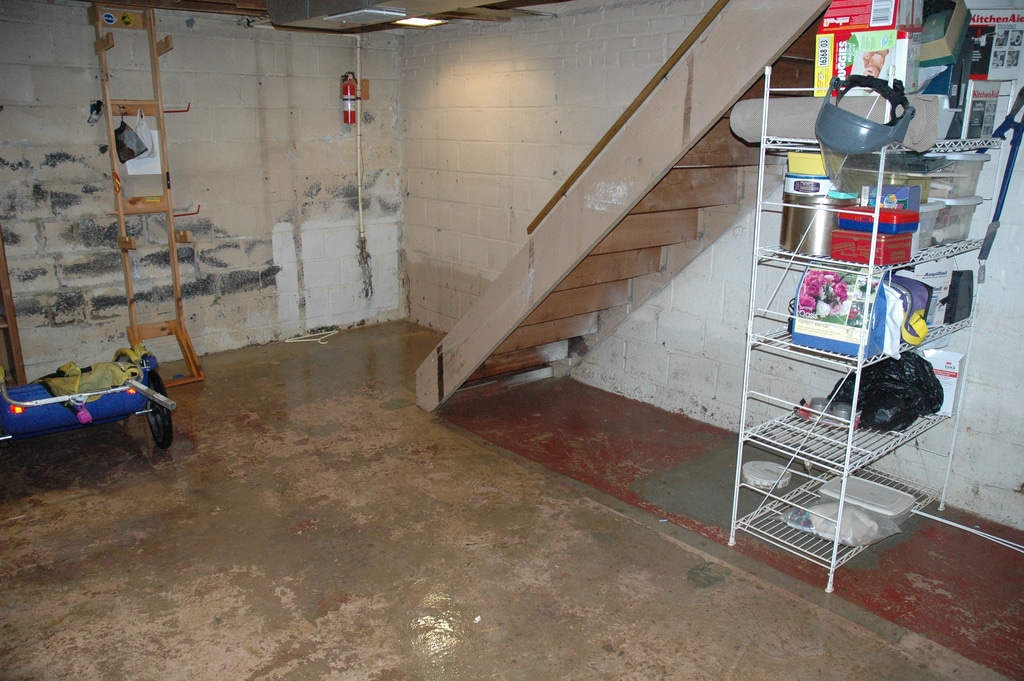
For any issues caused by high humidityHumidity is the amount of moisture or water vapor present in... More such as water damage or mold growth, make sure to call restorationRestoration is the process of returning a property to its pr... More professionals right away so they can start remediating the damage. Water damage mitigation professionals will remove the excess moisture form your home and restore the resulting damage. If the excess moisture caused moldMold is a type of fungus that grows in damp or humid conditi... More, restorationRestoration is the process of returning a property to its pr... More professional care equipped to provide highly effective mold remediation and restore your home or building to its previous state.










